31 Fascinating Animals That Start With the Letter “S”
Calling all animal enthusiasts! Are you ready to explore the captivating world of animals that start with the letter S? Brace yourself for a wild ride as we uncover some incredible creatures you might not have known existed.
We’ve put together an exciting list of animals beginning with S that will blow your mind. Whether you’re a student, a curious individual, or just love animals, you’re in for a treat. Get ready to discover fascinating facts, amazing adaptations, and jaw-dropping behaviors of these extraordinary beings.
But here’s the best part – we want to hear from you too! If you know of any cool animals starting with S that we missed, drop us a comment below. Let’s join forces to expand our animal knowledge together.
So, without further ado, let’s dive into this thrilling animal adventure. Get ready to be amazed and inspired by the diverse and wondrous creatures that inhabit our planet. Let’s explore the incredible animals that start with the letter S!
Animals That Start With “S”
01. Sloth
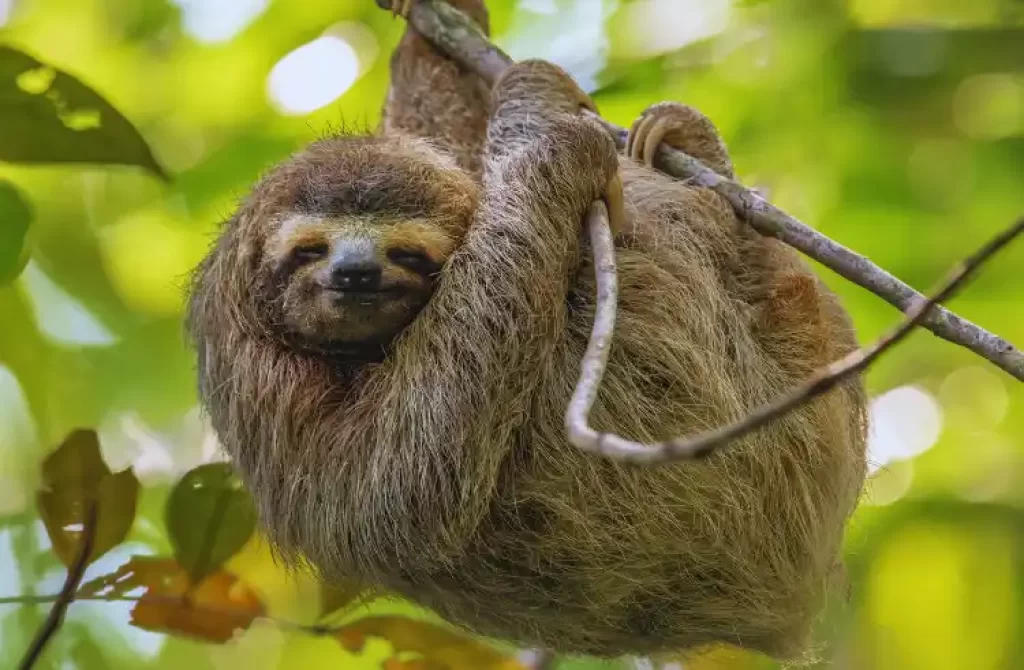
Known for their leisurely pace and adorable appearance, sloths are arboreal mammals found in the rainforests of Central and South America.
These fascinating creatures are masters of relaxation, spending most of their time hanging upside down from tree branches. With their slow movements and calm demeanor, sloths embody tranquility in the animal kingdom.
02. Squirrel
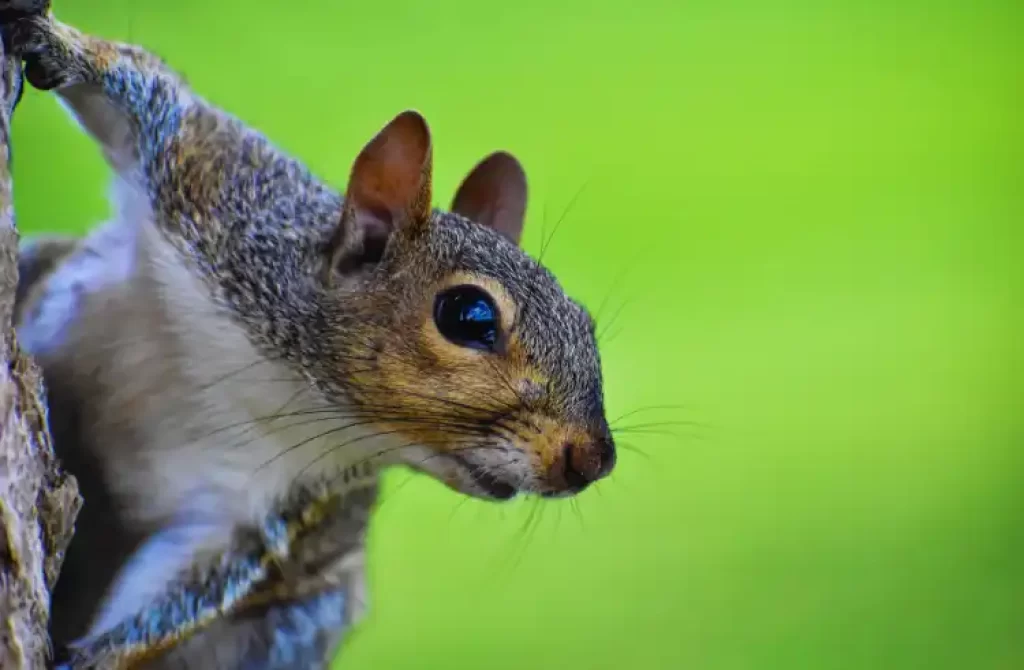
Squirrels are small to medium-sized rodents known for their agility and bushy tails. Found in various habitats worldwide, they are renowned for their acrobatic skills as they leap from tree to tree and bury nuts for future meals.
These nimble creatures play an important role in forest ecosystems, dispersing seeds and contributing to the growth of vegetation.
03. Seal
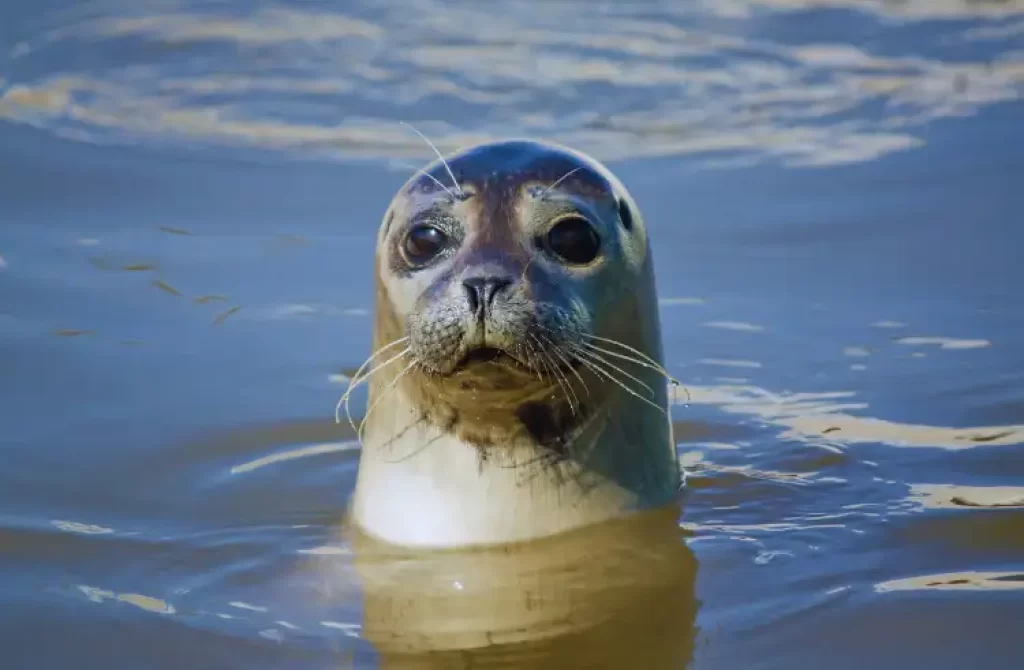
Seals are marine mammals adapted to life in both the ocean and on land. With streamlined bodies and flippers, they navigate the waters with grace and agility.
Seals are known for their playful nature and impressive diving abilities, allowing them to hunt for fish and other prey at significant depths. These charismatic creatures are found in different regions, from the Arctic to the Antarctic.
04. Salamander
Salamanders are amphibians characterized by their slender bodies and long tails. They can be found in diverse habitats, ranging from forests to mountain streams. With their ability to regenerate lost body parts, salamanders exhibit a remarkable form of self-healing.
These secretive creatures have captivated scientists and nature enthusiasts for their unique biology and ecological significance.
05. Shark
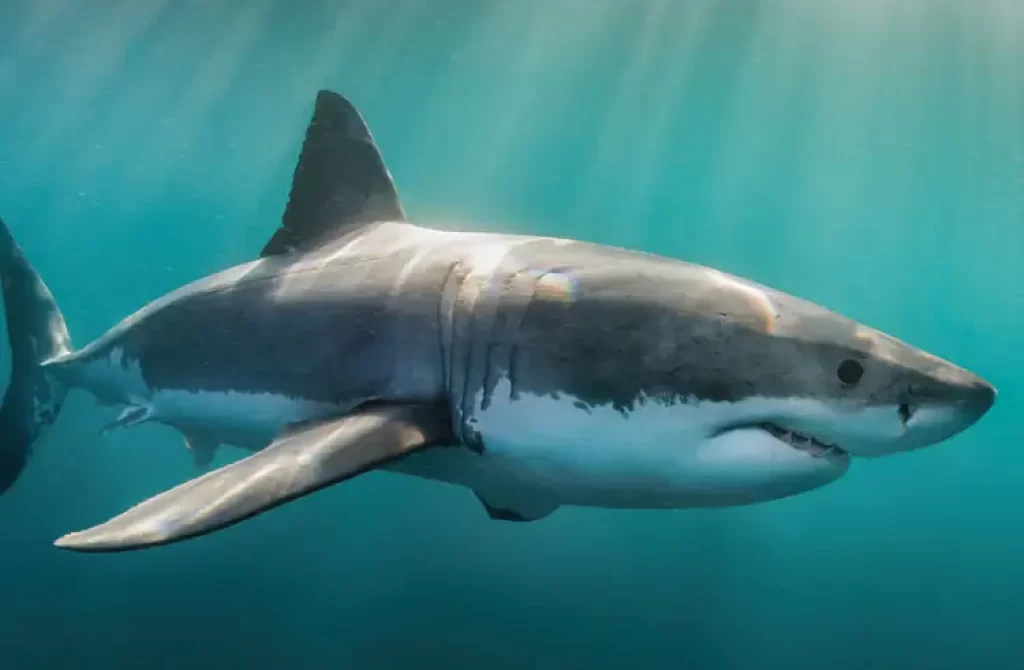
Sharks, often regarded as the apex predators of the oceans, evoke both fascination and fear. These majestic creatures have evolved over millions of years to become formidable hunters.
With their powerful jaws and keen senses, sharks play a crucial role in maintaining the balance of marine ecosystems. From the iconic great white shark to the gentle whale shark, these ancient creatures continue to inspire awe and curiosity.
06. Swan
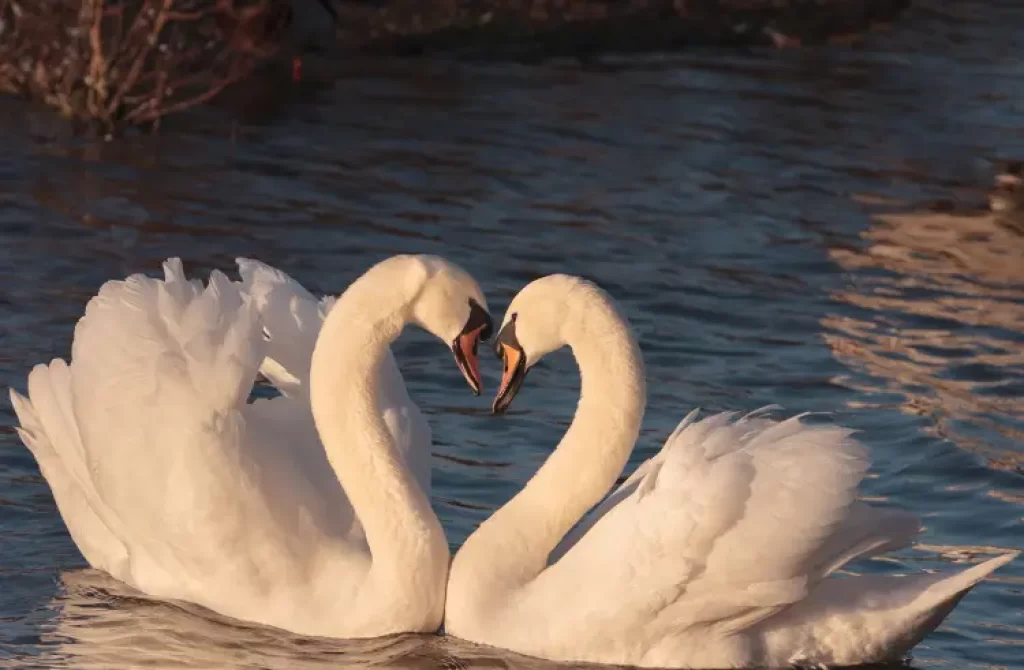
Swans are graceful, large waterfowl known for their elegant appearance and serene demeanor. With their long necks and impressive wingspans, they glide across lakes and ponds with ease. Swans symbolize beauty and tranquility, captivating observers with their graceful movements and harmonious calls.
These majestic birds can be found in various parts of the world, adding a touch of elegance to their natural habitats.
07. Snake
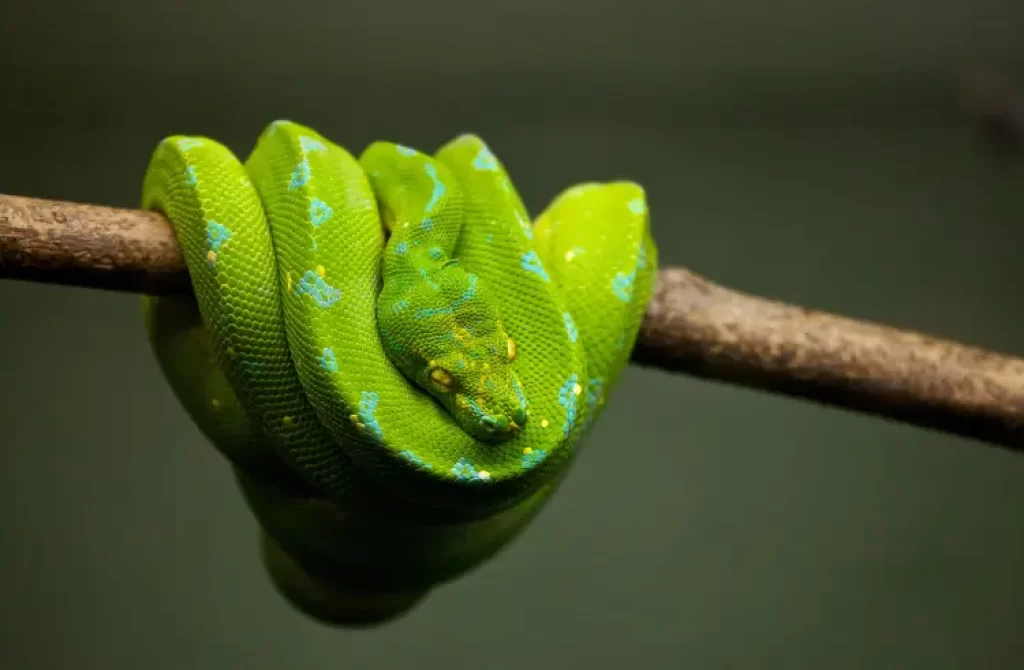
Snakes are legless reptiles that come in a wide range of sizes and colors. Found on every continent except Antarctica, these fascinating creatures play vital roles in ecosystems as both predators and prey.
With their remarkable flexibility and venomous adaptations, snakes have perfected the art of survival. From the venomous cobras to the non-venomous pythons, snakes have intrigued and amazed humans throughout history.
08. Spider
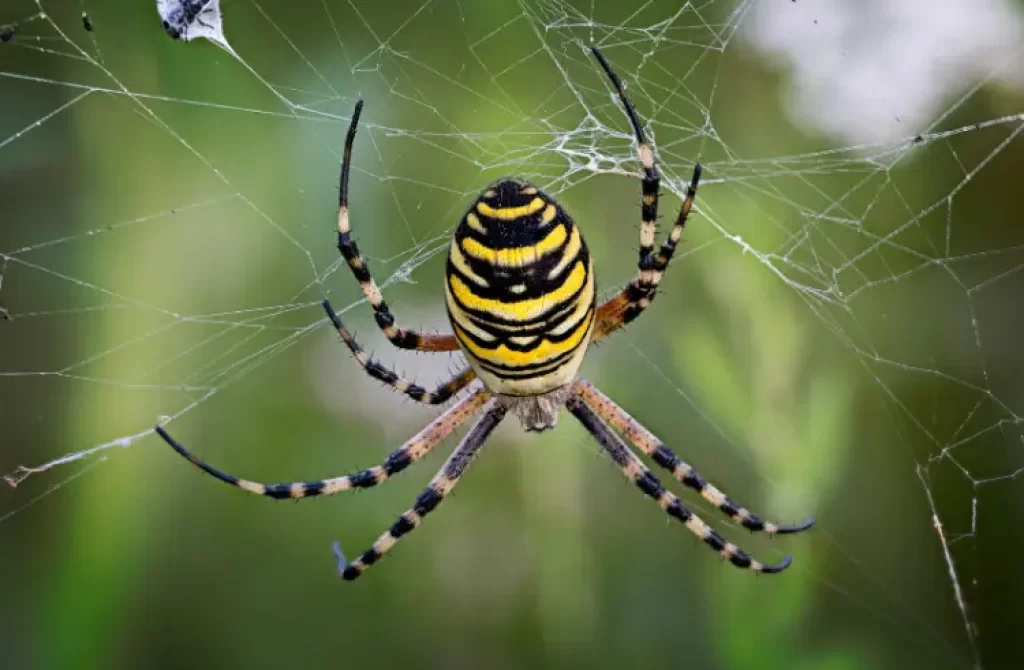
Spiders are arachnids known for their eight legs, multiple eyes, and the ability to spin silk webs. These skilled weavers create intricate traps to capture prey, displaying remarkable hunting strategies. With a diverse array of species found in various habitats worldwide, spiders are essential for controlling insect populations and maintaining ecological balance.
09. Saiga Antelope
The saiga antelope is a peculiar-looking animal found in the grasslands of Central Asia. It has a distinctive nose that droops downward, giving it a somewhat comical appearance.
The male saiga antelope possesses magnificent curved horns. Unfortunately, this species is critically endangered due to habitat loss and illegal hunting. Its unique features and conservation status make it an intriguing but underappreciated animal.
10. Starfish
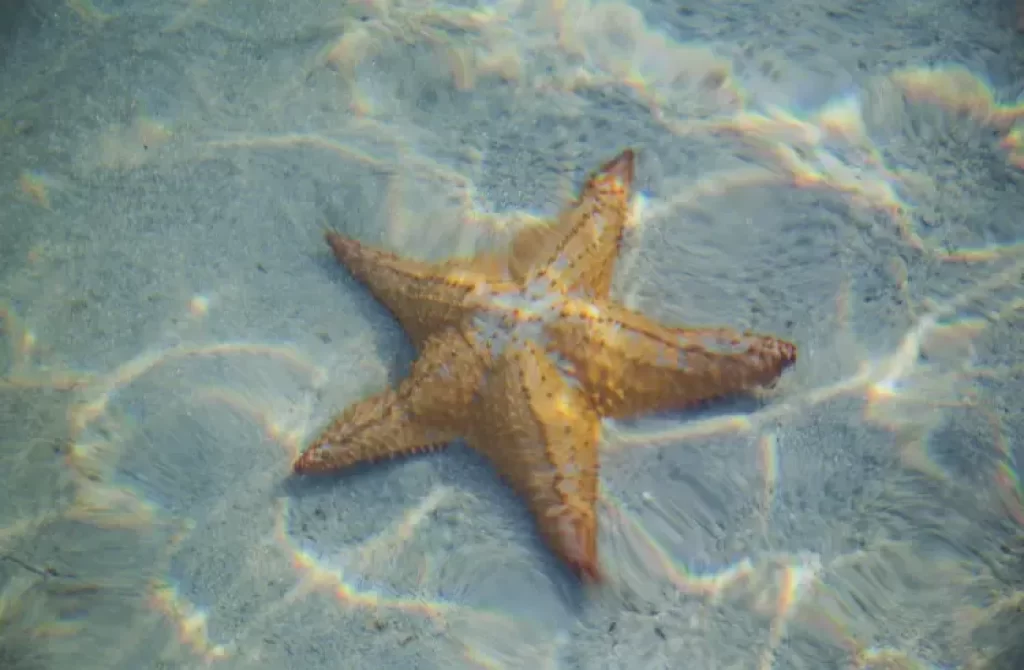
Starfish, also known as sea stars, are captivating marine invertebrates found in oceans around the world. With their unique star-shaped bodies and vibrant colors, they add a touch of wonder to the underwater realm.
Starfish display astonishing regenerative abilities, allowing them to regrow lost limbs. These remarkable creatures play vital roles in marine ecosystems, feeding on detritus and maintaining biodiversity.
11. Skunk
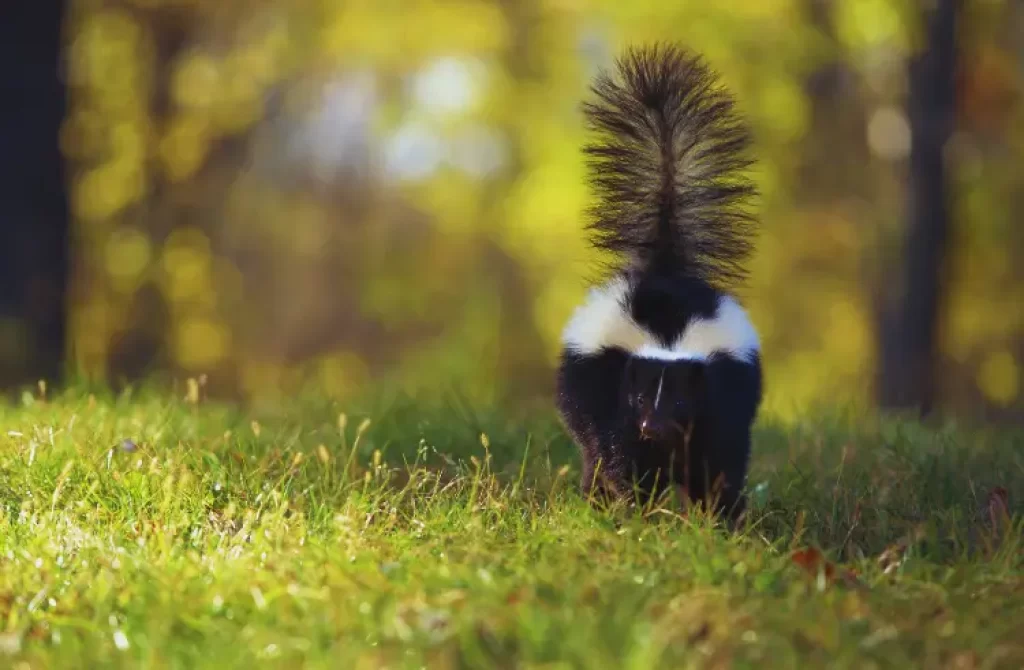
While their distinctive odor may not be pleasant, skunks are fascinating creatures. They are known for their black and white fur and their ability to spray a noxious liquid as a defense mechanism. Skunks are primarily nocturnal and omnivorous, feeding on a variety of foods including insects, small mammals, fruits, and carrion.
Despite their reputation, skunks play an important role in ecosystems by controlling pest populations and aiding in seed dispersal.
12. Serpent
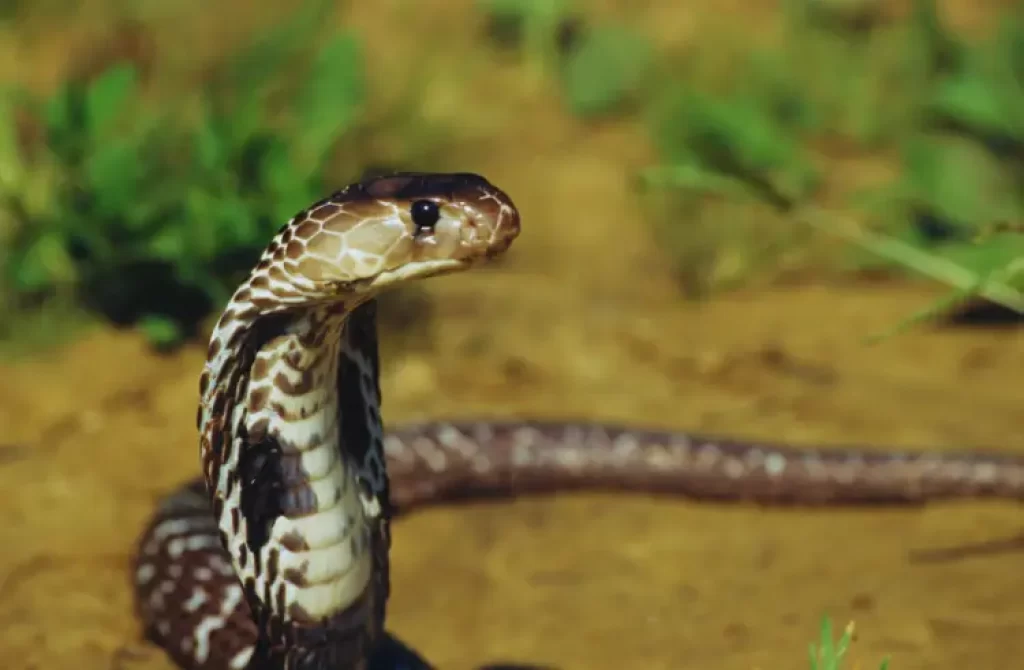
Snakes are fascinating reptiles that slither their way into our list. From the venomous cobras to the mighty pythons, they come in various sizes and play important roles in ecosystems. Snakes are carnivorous and use their highly specialized anatomy to capture and consume their prey.
They have unique adaptations such as venomous fangs, heat-sensing pits, and incredibly flexible jaws that allow them to consume prey larger than their own head. While some snakes are dangerous to humans, most species are harmless and contribute to the balance of nature by controlling rodent populations.
13. Scorpion
These arachnids may be small, but they possess a formidable weapon – a venomous stinger. Found in various habitats worldwide, scorpions are ancient creatures with a unique body structure. They are nocturnal predators, preying on insects and other small creatures.
Scorpions use their pincers to grasp their prey and inject venom with their stingers to immobilize or kill it. While some scorpion species have venom that can be harmful to humans, the majority of scorpions are relatively harmless and play important roles in ecosystems as both predators and prey.
14. Seahorse
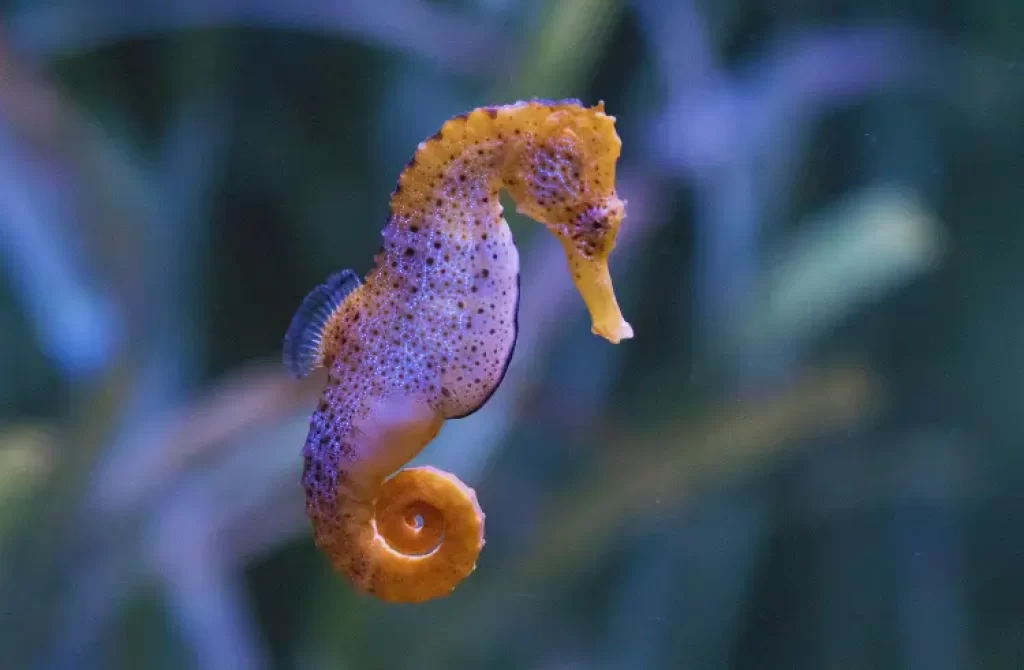
Seahorses are unique and enchanting creatures found in shallow tropical and temperate waters around the world. These fish have a distinct appearance with their elongated snouts, curved bodies, and a prehensile tail.
One of the most fascinating aspects of seahorses is their mating behavior, where the males carry the fertilized eggs in a specialized pouch until they hatch.
Seahorses come in a range of colors and are known for their intricate courtship rituals and ability to change their skin color to blend with their surroundings.
15. Sardine
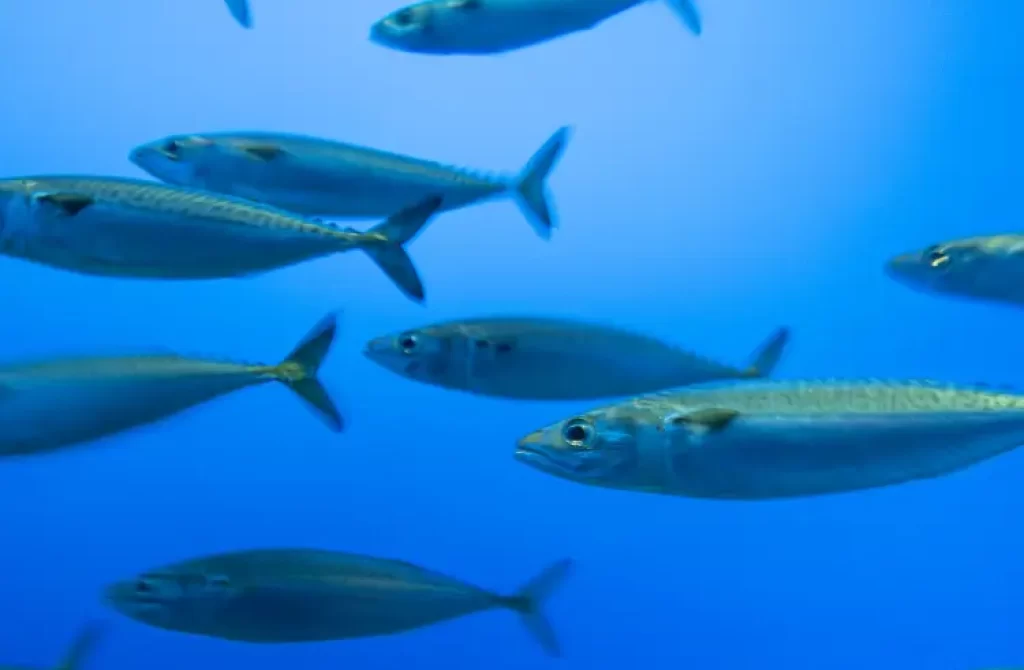
Sardines are small, oily fish that form massive schools, shimmering like silver bullets in the oceans. They are an important food source for numerous marine predators. Sardines have streamlined bodies that allow them to swim swiftly and evade predators.
They are filter feeders, consuming plankton and tiny organisms by sieving water through their gill rakers. Sardine populations are highly migratory, traveling long distances in search of food and suitable spawning grounds.
These fish play a vital role in marine food chains, supporting the health of larger predatory species and contributing to the overall balance of marine ecosystems.
16. Swordfish
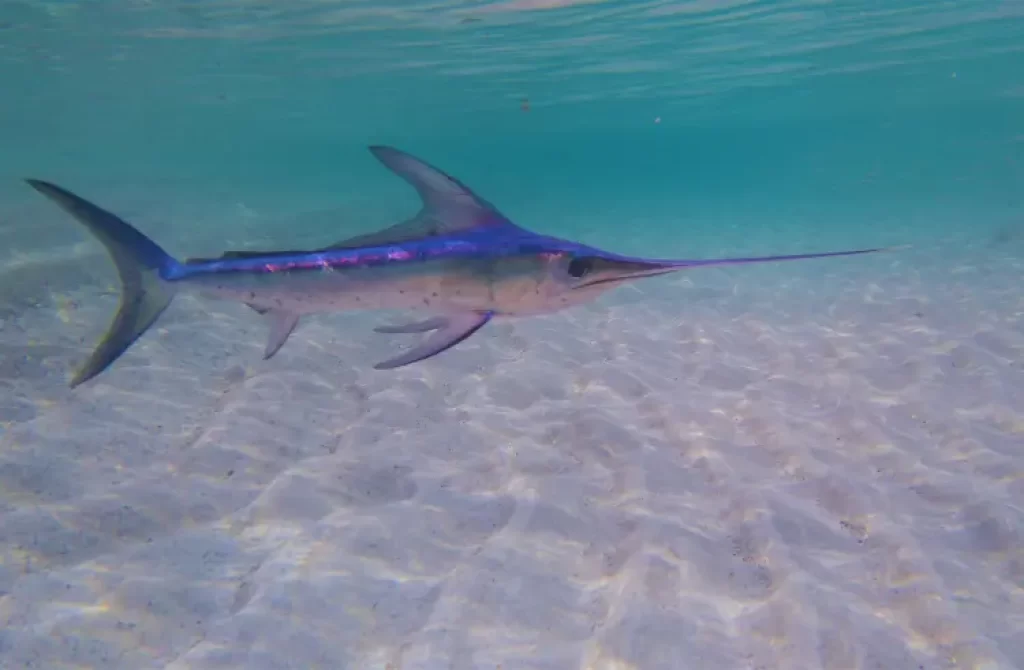
As their name suggests, swordfish are known for their long, sword-like bills. These swift and powerful swimmers are prized by anglers and have a distinctive appearance. Swordfish are predatory fish that inhabit both tropical and temperate waters.
They are known for their high-speed bursts, enabling them to catch fast-swimming prey such as squid and smaller fish. Swordfish have a unique feature called a “lateral keel” on their upper bodies, which helps improve their swimming efficiency.
While they are known for their formidable bills, swordfish use them primarily for slashing and stunning prey rather than impaling.
17. Serval cat
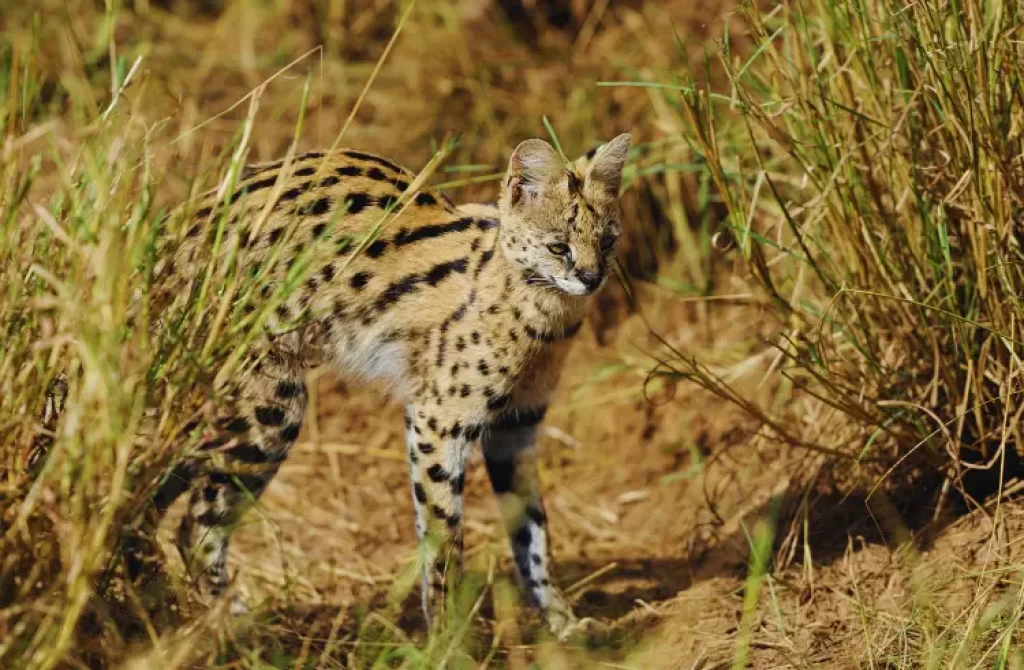
Native to Africa, the serval cat is a medium-sized wild cat with long legs, a slender body, and large ears. It is known for its exceptional jumping ability and unique hunting techniques. Servals are primarily nocturnal and have a keen sense of hearing, using their long ears to locate prey.
They are skilled hunters, capable of catching birds, rodents, and other small animals by leaping high into the air. Servals are also excellent swimmers and are often found near wetland habitats.
Despite their agility and hunting prowess, serval populations are facing threats due to habitat loss and illegal hunting.
18. Secretary bird
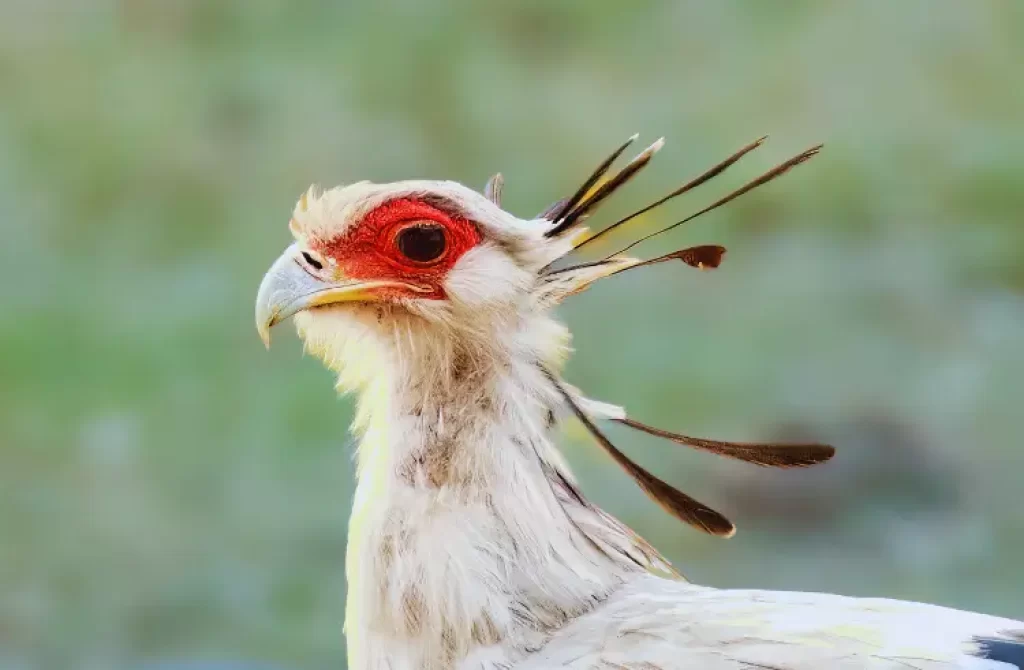
This large bird of prey is a master hunter of the grasslands. With its long legs, hooked beak, and distinctive crest of feathers on its head, the secretary bird is a sight to behold. Secretary birds primarily inhabit savannahs and grasslands in Africa.
They have long legs and powerful feet, which they use to stomp and kick their prey, including snakes and small mammals.
Their beaks are well adapted for capturing and manipulating prey items. Secretary birds are also known for their unique courtship displays, which involve elaborate dances and aerial acrobatics.
19. Snail
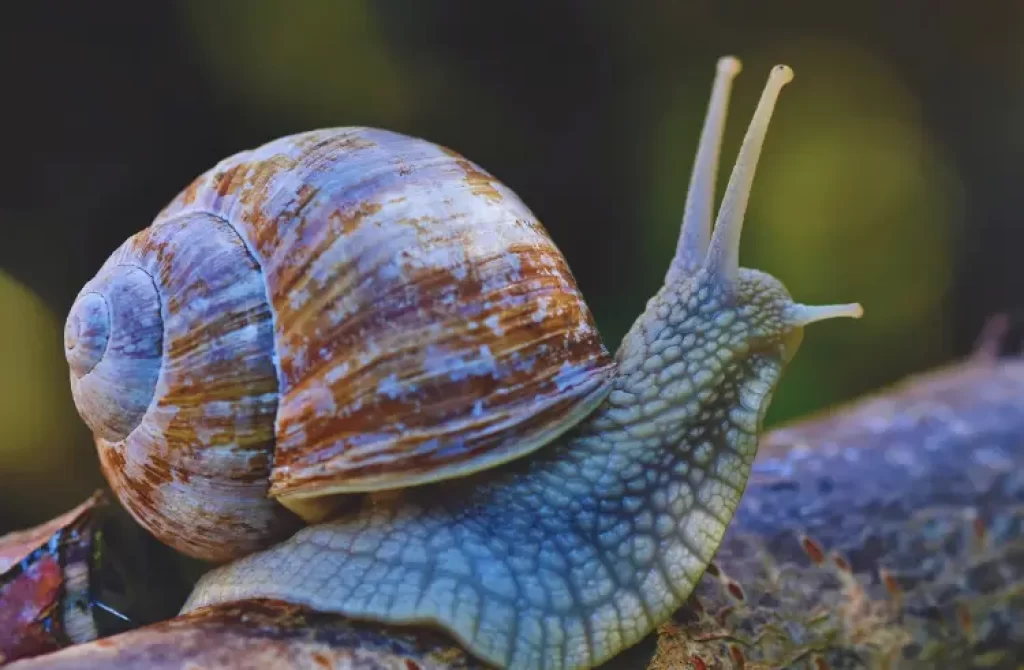
Snails may be slow, but their intricately patterned shells and unique locomotion make them fascinating creatures. They are gastropods found in diverse habitats around the world. Snails have a soft body protected by a spiral-shaped shell. They move using a muscular foot and produce mucus to facilitate their gliding motion.
Snails are herbivorous, feeding on a variety of plant matter, algae, and decaying organic material. They play important roles in nutrient cycling and decomposition. Some snail species are also prized for their beautiful shells and are collected by enthusiasts.
20. Sand dollar
These flattened, disk-shaped echinoderms are a common sight on sandy ocean floors. Their intricate skeletal structures and radial symmetry make them a favorite collectible. Sand dollars are related to sea urchins and have a hard exoskeleton composed of calcium carbonate.
They burrow into the sand and use their tiny spines to move and feed on organic particles. Sand dollars are important members of marine ecosystems, as they help to aerate and filter the sediment and serve as a food source for various marine organisms.
21. Shrimp
These small, crustacean creatures are widely known for their delicious taste and are a popular seafood item. They come in various species and play vital roles in marine ecosystems. Shrimp serve as a food source for numerous marine animals, contributing to the intricate web of life in oceans and estuaries.
They also help to keep marine environments clean by scavenging organic matter and detritus. With their unique anatomy, including their curved bodies, segmented exoskeletons, and specialized appendages, shrimp are well-adapted to their aquatic habitats.
22. Silverback gorilla
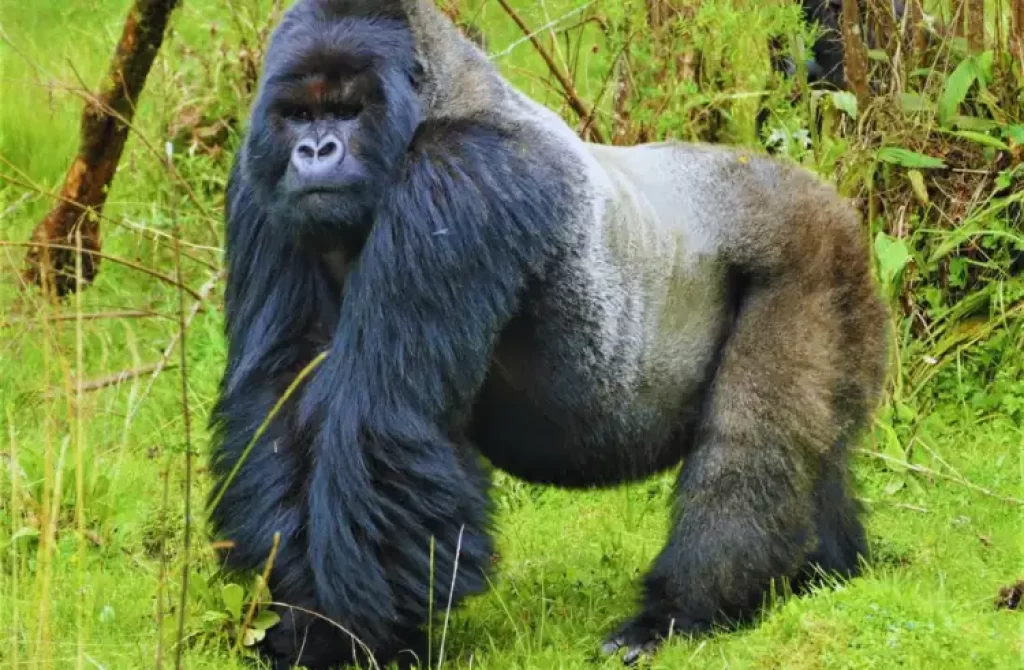
The largest and most dominant males in a group of gorillas are known as silverbacks due to the silver-gray hair on their back. They are powerful and intelligent primates, native to Africa. Silverbacks lead their social groups, which consist of females and their offspring.
These majestic creatures are known for their immense strength, often displaying it through impressive displays such as chest-beating. Silverbacks also play crucial roles in gorilla society, protecting their family members and participating in social interactions that help maintain group cohesion.
23. Sperm whale
The largest toothed predator on Earth, the sperm whale possesses a massive head and a long, narrow body.
Known for its ability to dive to great depths, it hunts for giant squid in the ocean’s depths. Sperm whales are famous for their unique communication methods, which involve clicking and whistling sounds that can travel over long distances underwater.
These majestic marine mammals have a complex social structure, living in matrilineal family units and exhibiting fascinating behaviors such as cooperative hunting and communal caregiving.
24. Stoat
Also known as the short-tailed weasel, stoats are small carnivores with sleek bodies and quick movements.
They are renowned for their agility and ability to change fur color with the seasons. In colder months, their fur turns white to blend with the snow, providing excellent camouflage.
Stoats are skilled hunters, feeding on small mammals, birds, and insects. Their slender bodies and flexible spines allow them to pursue prey into narrow burrows. Despite their small size, stoats are fearless and tenacious predators.
25. Sunfish
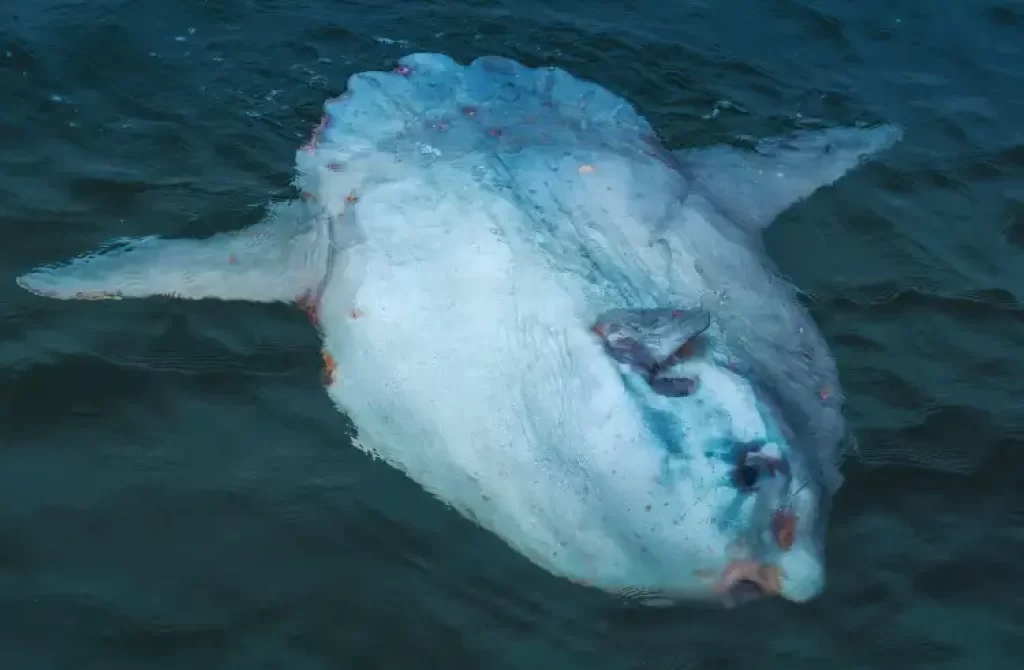
The sunfish, or mola mola, is a bizarre-looking fish that holds the title for being the heaviest bony fish in the world. Its unique shape and size make it a captivating creature. Sunfish have a flattened body with a rounded appearance, and their dorsal and anal fins resemble wings.
They are gentle giants, primarily feeding on jellyfish and other gelatinous organisms. Sunfish can be found in temperate and tropical oceans, often basking near the water’s surface to regulate their body temperature. Although they may seem slow and docile, they possess powerful swimming abilities when needed.
26. Star-nosed mole
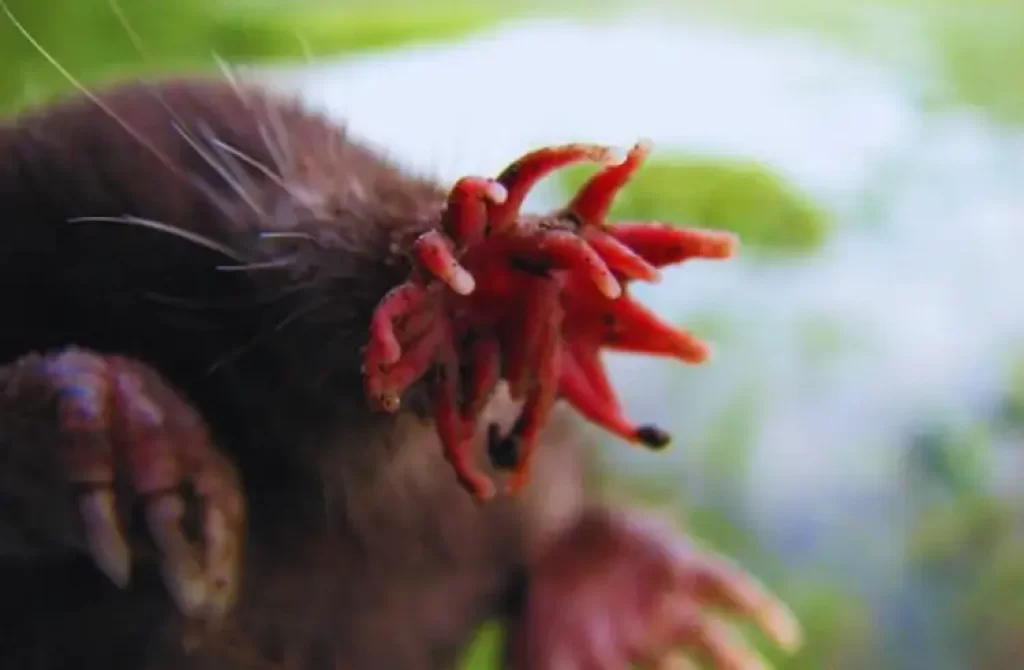
This small mole species has a distinct feature – its nose is adorned with a star-shaped ring of fleshy appendages. It helps the mole navigate and locate prey in its subterranean habitat.
Star-nosed moles are remarkable diggers, using their strong claws and powerful front limbs to create intricate tunnel systems.
Their unique nasal appendages contain numerous sensory receptors that detect touch and vibrations, allowing them to quickly locate and capture invertebrates such as worms and insects.
Despite their subterranean lifestyle, star-nosed moles are excellent swimmers and can navigate through water with ease.
27. Sandpiper
These small shorebirds are often seen darting along sandy beaches and mudflats, probing the sand for invertebrates. Sandpipers come in various species and have a unique charm.
With their slender bodies, long legs, and thin bills, they are well-suited for foraging in coastal habitats. Sandpipers undertake impressive migrations, traveling long distances between their breeding and wintering grounds.
Their distinctive calls and acrobatic flight patterns add to their charm, making them a joy to observe in their natural habitats.
28. Southern cassowary
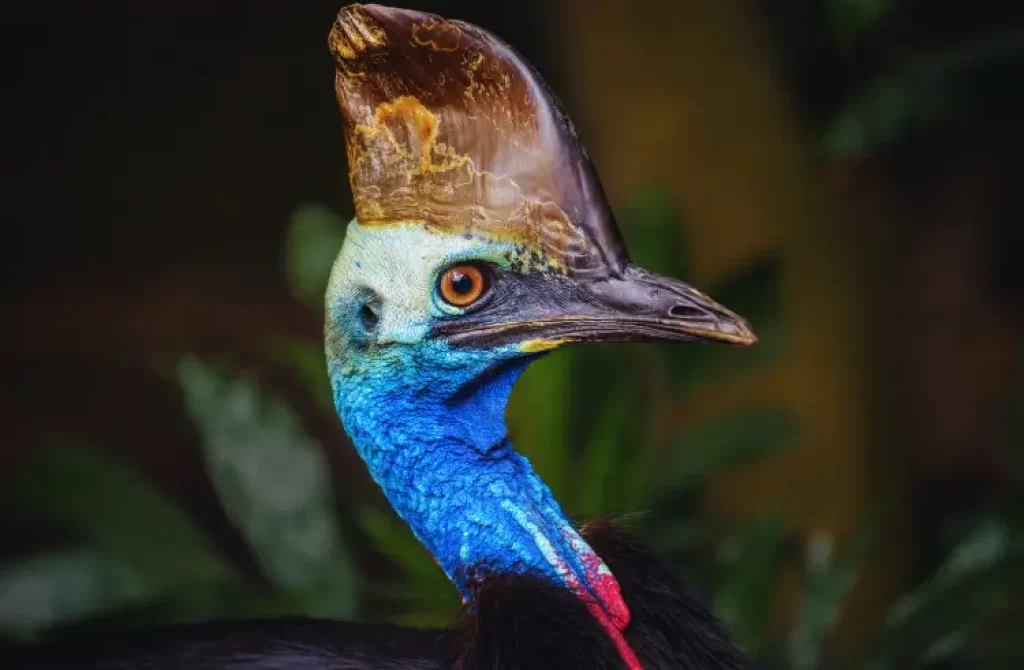
Found in the rainforests of New Guinea and northeastern Australia, the southern cassowary is a large flightless bird known for its striking appearance and powerful kicks. Cassowaries have tall, casque-adorned heads, vibrant feathers, and strong legs with sharp claws.
They play important roles in forest ecosystems as seed dispersers, aiding in the regeneration of plant species.
Southern cassowaries are solitary birds, except during the breeding season when males care for the eggs and raise the chicks. Despite their magnificence, cassowaries are considered vulnerable due to habitat loss and poaching.
29. Sawfish
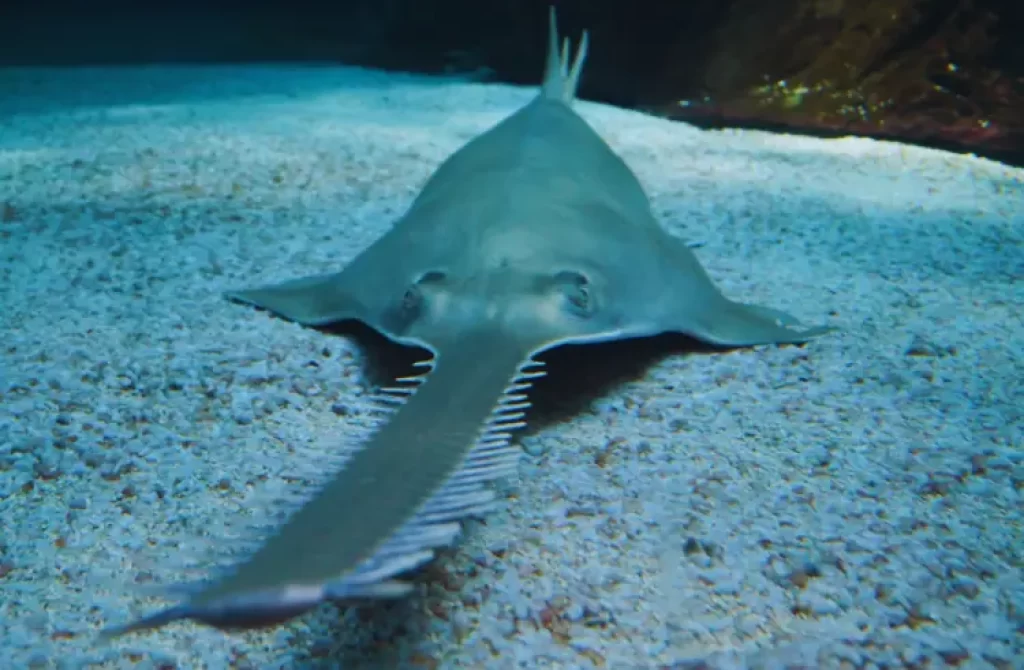
Sawfish are unique cartilaginous fish that possess a long, toothed rostrum resembling a saw. These magnificent creatures inhabit warm coastal waters and are sadly considered endangered.
Sawfish use their rostrum to detect and disable prey, such as fish and crustaceans, by slashing and stunning them. Despite their formidable appearance, sawfish are generally non-aggressive toward humans.
They have a slow reproductive rate, making them vulnerable to overfishing and habitat degradation. Conservation efforts are underway to protect sawfish populations and raise awareness about their ecological importance.
30. Scarlet macaw
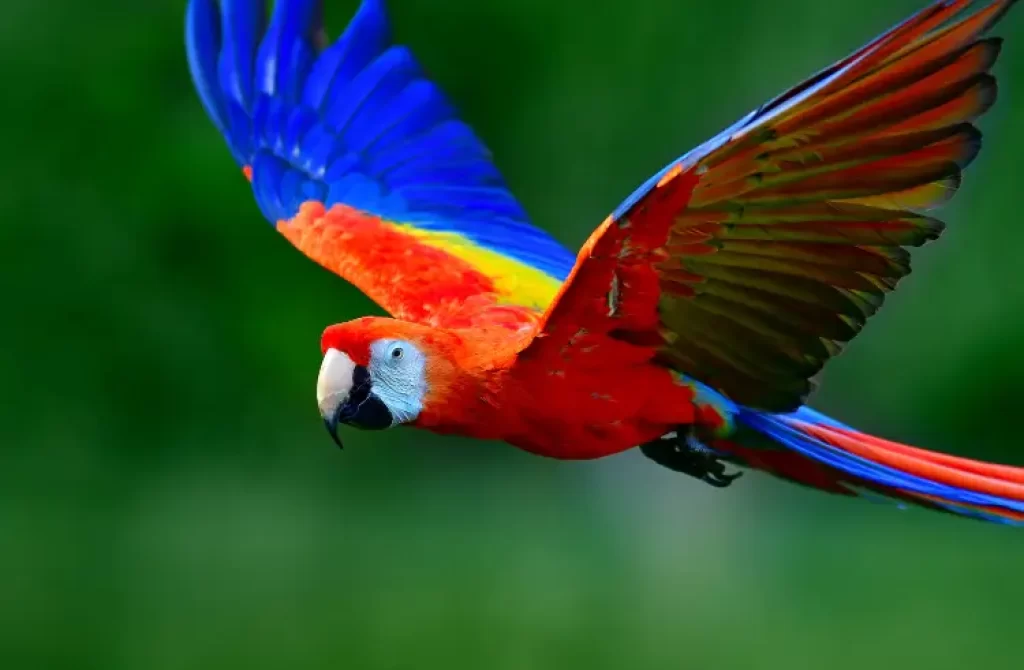
One of the most vibrant and beautiful birds, the scarlet macaw dazzles with its stunning red, blue, and yellow plumage.
Native to Central and South America, it is a true symbol of tropical beauty. Scarlet macaws are highly intelligent and social birds, often seen in pairs or small flocks.
They have strong beaks, which they use to crack open nuts and seeds. Scarlet macaws also play important roles in seed dispersal, helping to maintain the diversity of plant life in their habitats. Sadly, habitat loss and the illegal pet trade have resulted in declining populations of these majestic birds.
31. Snow leopard
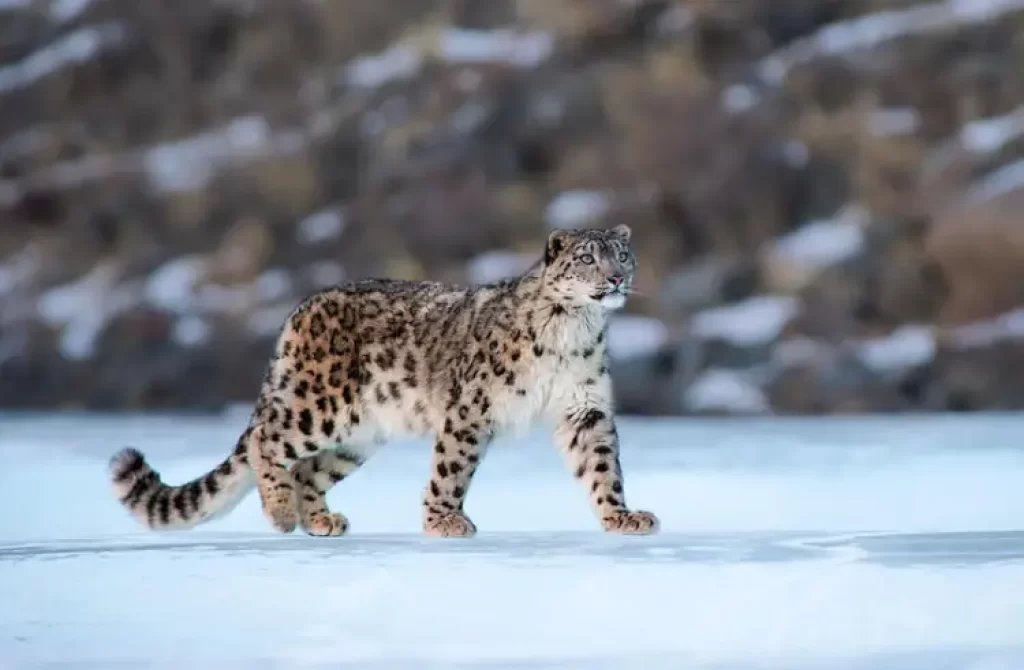
Last on our list of animals that start with S is the snow leopard scientifically known as Panthera uncia. This is a magnificent big cat native to the mountainous regions of Central and South Asia.
With its beautiful fur patterned with spots, it is perfectly adapted to the cold and harsh environments it inhabits.
Known for its elusive nature and impressive leaping ability, the snow leopard is a skilled predator. However, it is classified as a vulnerable species due to habitat loss and poaching. Conservation efforts are crucial to protect this iconic and threatened cat.
Tags: Animal factsAnimal Lists







